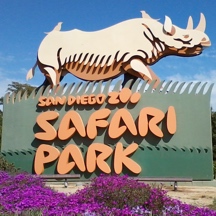
Episode #765
September 30,2023
San Diego Zoo Safari Park (formerly known as San Diego Wild Animal Park) is located in Escondido, California in San Diego County.
The park is 3 square miles of mountain chaparral. The natural landscape is composed of Chamise, Manzanita, Red Shank, various brush, an infinite mix of wildflower ground cover and boulders. Below the park is a fertile valley and the sprawling suburbs of Escondido.
Safari Park is divided in half with the eastern side being natural savannas and plains. The western half is composed of walking trails in a more traditional zoo setting.
Paula and I are spending a Sunday at the park to celebrate our 46th wedding anniversary. We chuckle when we see a sign advertising someone’s 10th anniversary. They will be celebrating by partying in a picnic area after hours. We will be walking 15,000 steps and going on two safaris to celebrate our anniversary.
Our first safari is called the Wildlife Safari. About 10 of us sit in the back of a covered open bed truck with our docent, Andrew. We drive through the African Plains, Asian Savanna and Condor Ridge.
Passing through the double gate entrance to the African Plains, Andrew tells us that Jurassic Park (the movie) took much of their designs from the then Wild Animal Park. Andrew insisted that the gates are much better at keeping in rhinos than they are Velociraptors.
The animals we see on the safari are diverse: one horned and two horned rhinos, giraffes, wild goats, wild cows, antelopes (such as Gemsbok and Addax), gazelles, African and Asian birds, Bighorn Sheep, Capybaras, Caracals and African wild dogs.
While we do not see the California Condors, they were there. They are bred and housed in a secluded compound so they can be introduced to the wild without prejudice toward human beings. The Condor population world wide had dropped to 22 individuals in 1982. Over the next 20 years the Wild Animal Park bred and released 200 condors. Their population in the wild now exceeds 500.
One of the most interesting animals is Kurt, the cloned Przewalski horse. For the past 40 years Przewalski horses have survived in zoos, bred from 12 now extinct wild horses. Kurt is the hope of conservation breeders to revive the lost genetic diversity of the Przewalski. The genes used to clone Kurt were cryopreserved 42 years ago. Kurt is hoped to reintroduce the strength of genetic diversity into the breed. Meanwhile, he is being taught the ins and outs of being a wild horse by a female Przewalski named Holly.
While waiting for our next safari Paula and I explore the walking park. Besides walking 15,000 steps we also climb 12 flights of stairs.
The aviaries are filled with exotic birds who are happily nesting and sharing the space with each other.
The enclosures of the large animals, such as elephants, lions, monkeys, gorillas and meerkats are expansive and filled with trees and brush.
The docents are a fount of information and teach us much about the animals both inside and outside of the zoo enclosures. Many of the birds, deer and other creatures are native to the area and not residents of the zoo. They have just decided that the Safari Park is a good place to live.
The park is also a Botanical garden. There are ancient flowering plants along the walkways.
Each themed area is planted with the native plants of that region.
There is an entire section featuring bonsai that are over 800 years old.
Some of the themed areas are:
Lion Camp
Elephant Viewing
African Wetlands and Woods
Gorilla Forest
World Gardens
Tiger Trail
and Walkabout Australia where you can walk among the Kangaroos.
Also, in Walkabout, is a Platypus exhibit. It is the only place to see Platypuses outside of Australia.
After our walkabout we check in to the Flightline Safari. It is a two part zip line.
The zip line is curated by an expert guide who assures the safety of the flights.
The first zip line is called the Fledgling Run and is a 30 second zip through the trees which maxes at 20 miles per hour. The rush toward the landing platform is halted by an ingenious braking system.
After we survive the Fledgling Run we board a safari truck for a 15 minute drive through the wild country of the park. Our guide tells us about the animals as we pass by.
The launch point of the long zip line is a platform on the top of the mountain 130 feet above the landing area. The line stretches 2/3 of a mile over the animals in the wild valley of the park. The view is breath taking.
There is a frightened boy in our group who DID NOT WANT TO FLY.
I talk to the boy, saying, “People only fear one thing… the unknown. Once you do something, it is not as scary anymore.”
Paula tells him, “When you do something that scares you, it is truly a brave thing to do.”
This strikes home with the boy and he smiles with new confidence.
After the flight, the boy is excited and talks to everyone about his flight.
When it is our turn, Paula and I are hooked up to parallel lines. We sit into the harnesses.
Our guide chants, “3 – 2 – 1 – See Ya!”
We are off!
Paula is ahead of me. I watch as she lets go of the harness, puts out her arms and flies down the line.
We are soaring at 40 miles per hour. The savanna flows under us. The rhinos look up. The trees rush under our feet. The valley stretches ahead of us in a magnificent patchwork. The wind is in our faces.
I catch up to Paula and call across to her, “Happy Anniversary!”
PLEASE BUY MY BOOKS:
“Skydivers Know Why Birds Sing” by Ricki T Thues is now available on Amazon.
It is a Love story of Rick and Paula Thues and their 35 years of Skydiving.
Click HERE to buy the paperback or Kindle ebook at Amazon.
Follow Ricki T Thues on Amazon HERE.
ALSO AVAILABLE:
“Technically Human” by Ricki T Thues, the iMentor, is available on Amazon.
It is a compilation of selected episodes from this bLog which tell the story of Humanity through the eyes of the iMentor.
Click HERE to buy the paperback or Kindle ebook at Amazon.
The ebook version of “Technically Human” is also available on Kobo. Click HERE.
For you Barnes and Noble Nook readers it is available for Nook. Click HERE.
The “Technically Human” ebook is also available on Apple Books . Click HERE.
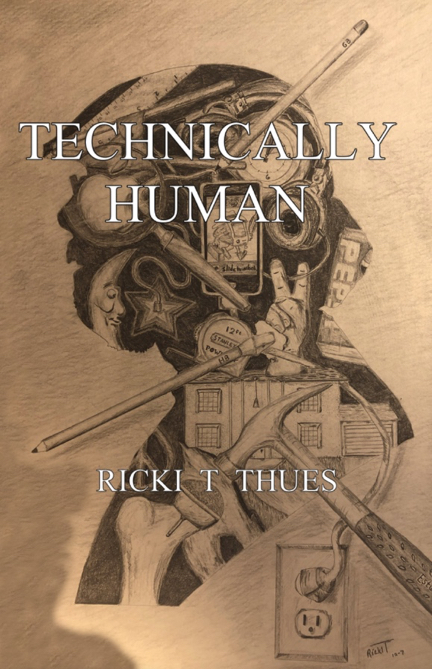

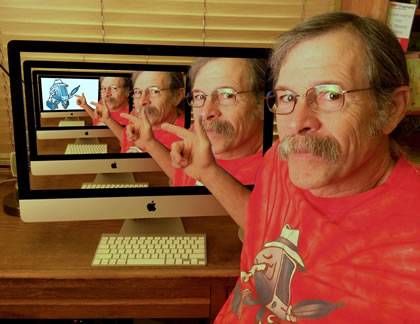
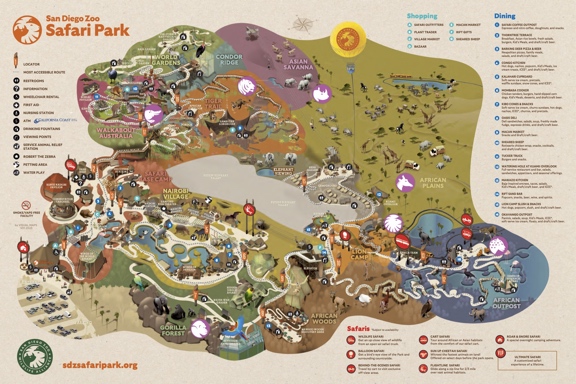
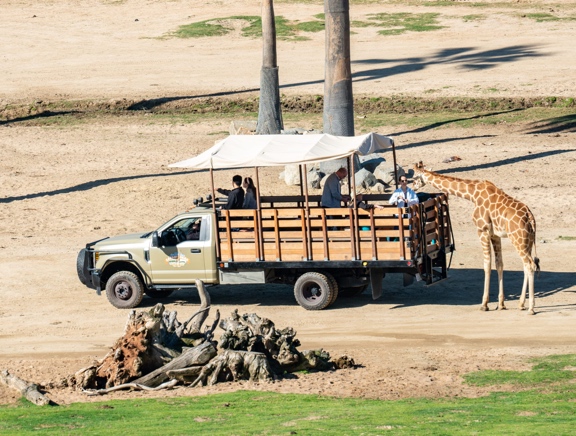
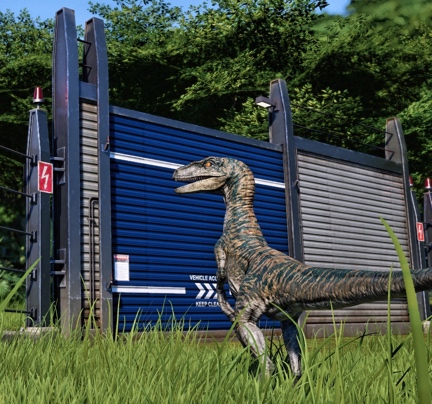
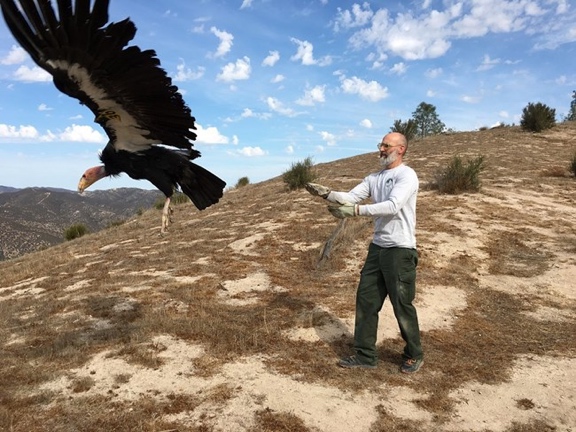
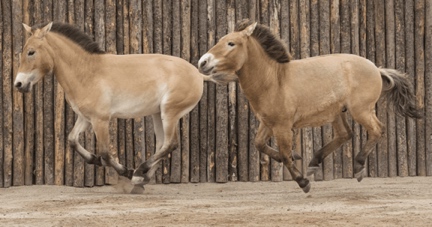
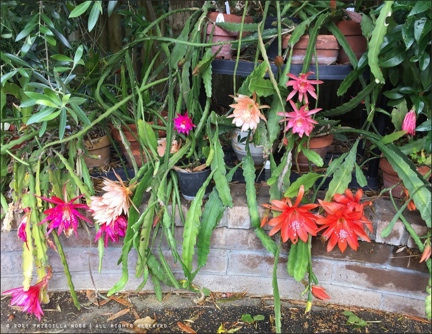

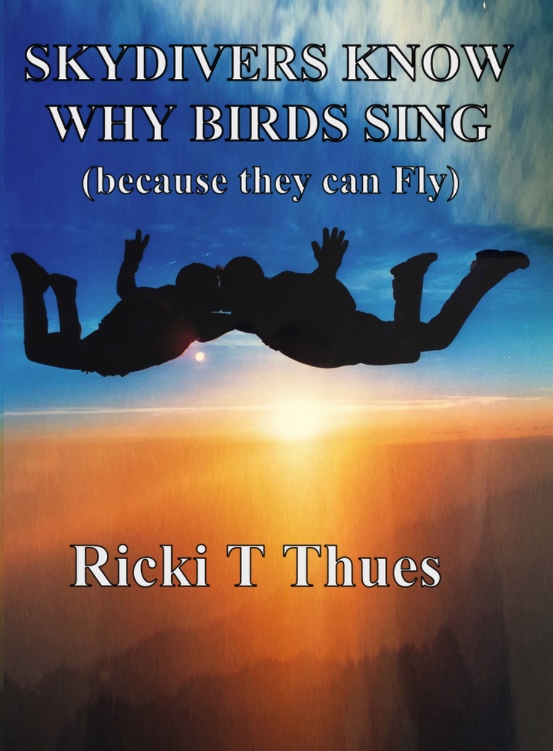
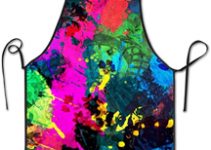

Happy Anniversary you two. I used to Love the safari park the ten years we lived in San Diego. Many happy memories!
Happy Anniversary, Rick & Paula. You are very brave, but I guess anyone who already skydives, will try almost everything. I wish you the best outcomes always. …..Elaine
That sounds awesome, what a great anniversary idea! I had no idea about the zip lines too!! And that Bonsai can get THAT old…holey moley! Great story, all your writing inspires me!
A marvelous posting. I had no idea that Safari Park had so many opportunities. That Platypus video is wonderful. Loved Paula’s line of encouragement to the child. Funny line. Couples celebrating ten years will be picnicking…we will be walking 15,000 steps.
Happy Anniversary and thaks for the great description of the park